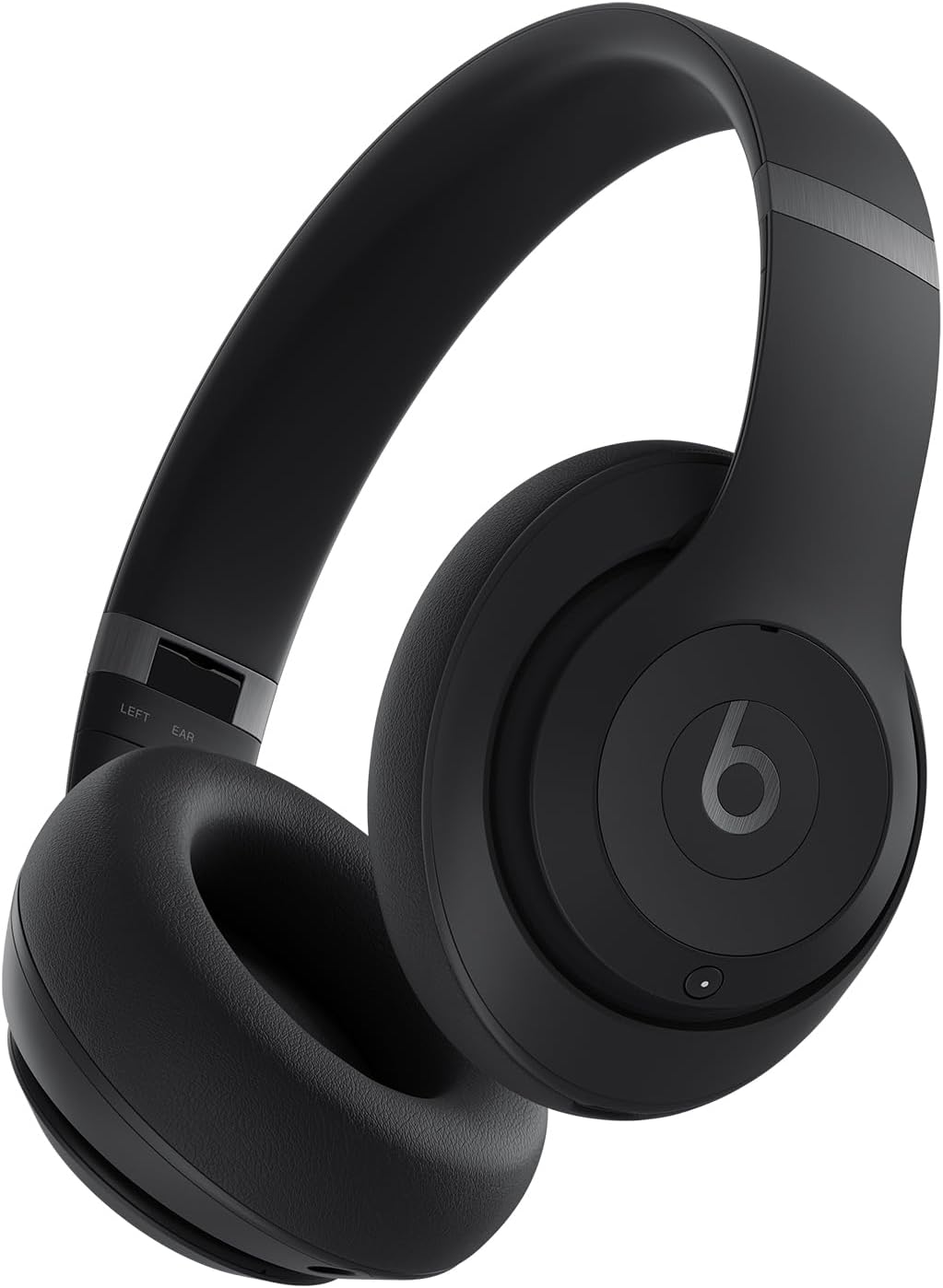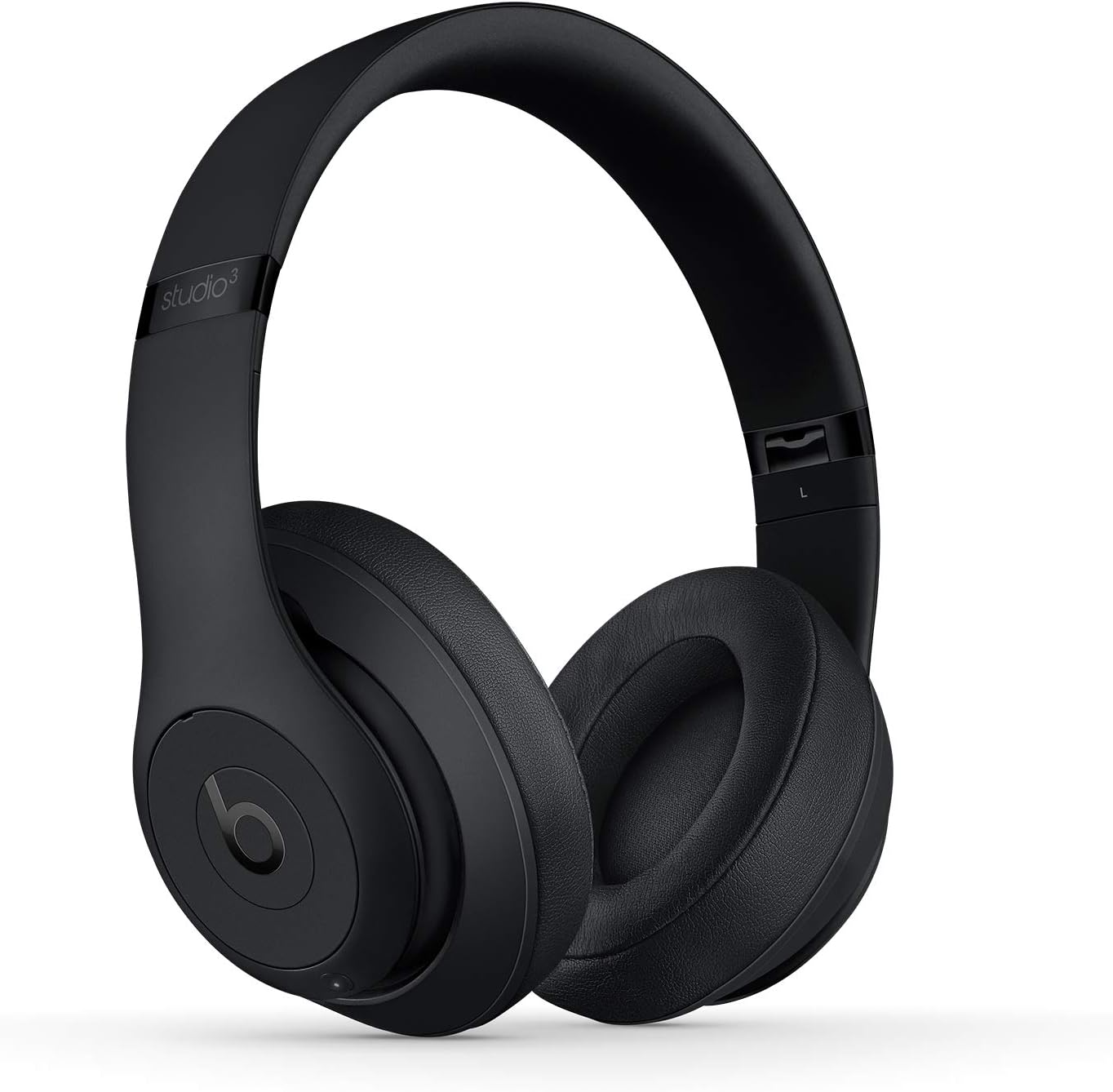There’s something oddly comforting about slipping on a pair of Beats headphones—the soft clamp, the snug cushions, the unmistakable silhouette. But if you’ve ever wondered whether upgrading from the Studio 3 Wireless to the newer Beats Studio Pro is worth it, you’re not alone. From a distance, they’re practically twins. Up close? It’s a full-on generational leap.
We’ve used both, swapped between them during travel, on long workdays, while zoning out with music, and on chaotic calls. And wow—what’s hiding under the hood of the Studio Pro is nothing like the headphone it replaces. Not in connectivity, not in sound, and definitely not in how future-proof it feels.
So if you’re torn between the nostalgic pull of the Studio 3 Wireless and the polished promise of the Studio Pro, here’s everything that separates these two—and everything that doesn’t.
Same look, new intentions
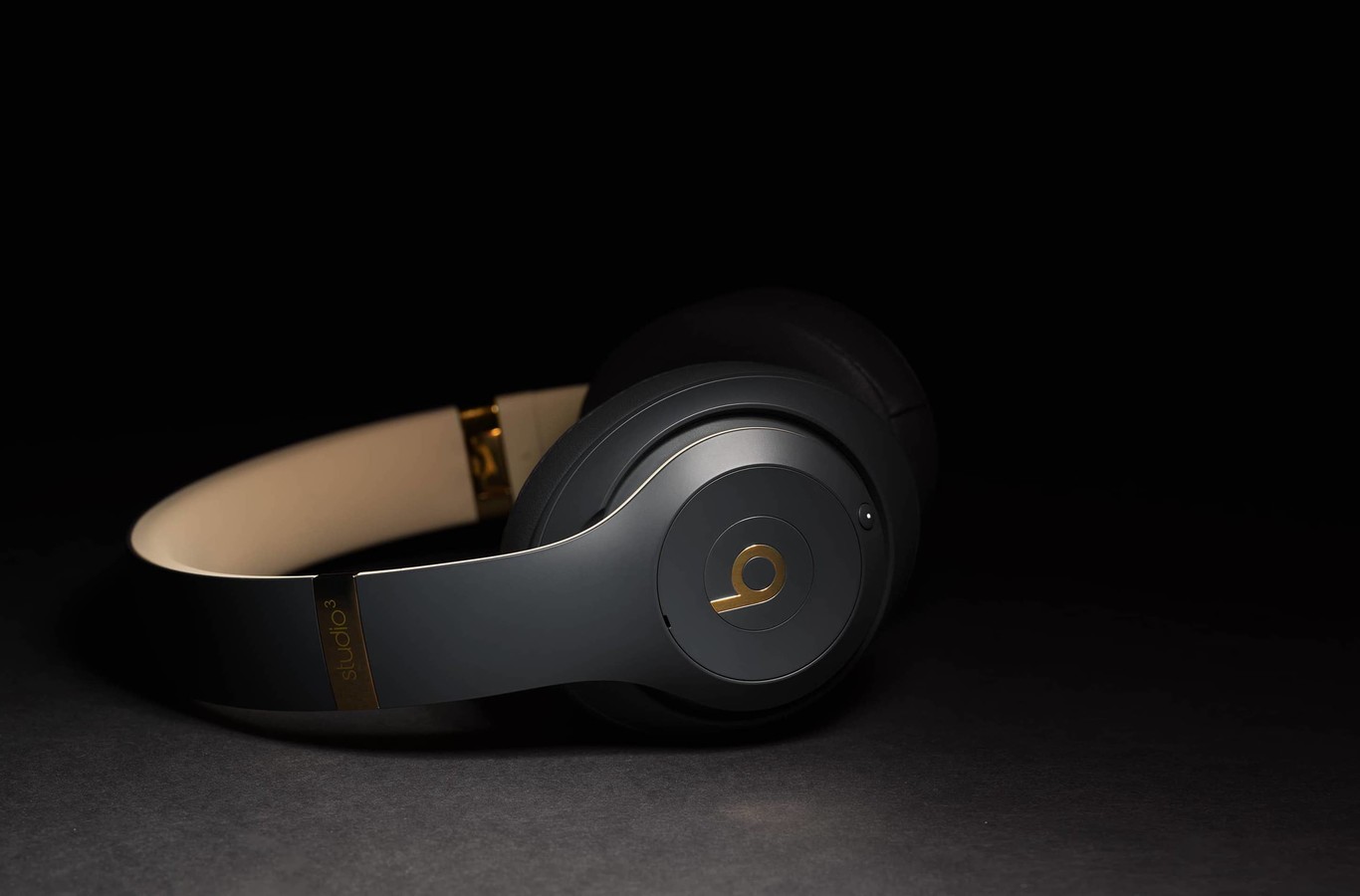
At first glance, both headphones stick to the iconic Beats DNA: bold lines, soft matte plastic, oversized ear cushions. That familiar, almost minimalist silhouette is still here. But the Studio Pro makes a few quiet changes that say a lot.
The headband on the Studio Pro drops the oversized logo. It’s cleaner, a bit more grown-up. There’s a small bump in weight—around 10 grams more—but unless you’re measuring them side by side, you probably won’t notice.
Materials haven’t really evolved, though. Both are mostly plastic. It keeps them light, but they still feel more stylish than luxurious. If you’re looking for aluminum, leather, or anything boutique, look elsewhere.
Comfort is where things should’ve gotten better—but didn’t. The earcups are still on the smaller side, and if you wear glasses or have bigger ears, neither model is winning awards for long-wear comfort. Same clamp, same padding, same story.
Buttons, not swipes—thankfully
Here’s where Beats stays delightfully old-school. Both models rely on physical buttons—no weird touch surfaces to misfire when you’re just trying to pause a song. The controls are baked into the left earcup: tap the ‘b’ to play/pause, press above or below for volume, long-hold for voice assistant. It’s all there.
Where the Studio Pro quietly separates itself is through USB-C integration. That single port doesn’t just charge the headset—it also unlocks wired digital audio playback, including three EQ presets baked into the firmware: Signature, Entertainment, and Conversation. This means actual tuning options, without needing an app.
Studio 3 Wireless doesn’t do digital. No USB audio, no EQ modes. It’s Bluetooth or 3.5mm analog—and that’s it.
So if you’re tired of software-based EQs or just want more control over your sound with one cable, Studio Pro is lightyears ahead.
Wireless game: old guard vs new standard
This is where the split really shows.
The Studio Pro uses Bluetooth 5.3. It’s more stable, more efficient, and less likely to drop when you wander from your phone. It’s also ready for the LE Audio era, should Beats decide to enable that down the road.
The Studio 3 Wireless is still on Bluetooth 4.0. Not terrible, but definitely aging. Connection can feel flimsier, and range is slightly more limited.
Worse yet: micro-USB charging. Yeah. In 2025. If you’ve moved your life to USB-C, having to fish out a legacy cable just for headphones starts to feel… wrong.
This alone makes the Studio Pro a better daily driver—everything about its connection tech feels right-now.
Battery: the quiet upgrades you feel later
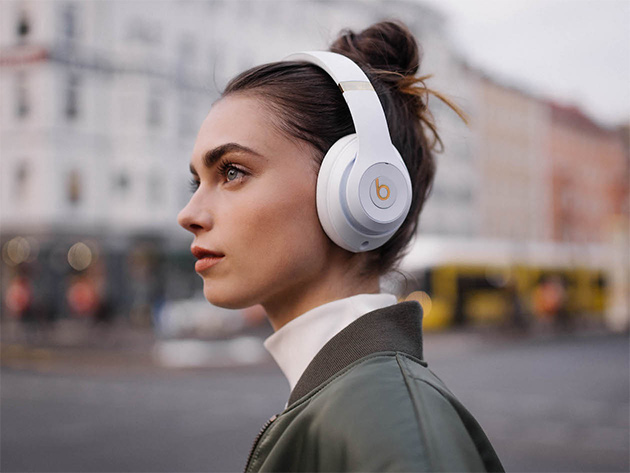
On paper, battery life seems similar—around 22–24 hours with ANC. But it’s not just about numbers.
The Studio Pro lasts longer between charges, thanks to better power management and the newer Bluetooth chip. You’ll feel it in real-world use. And because it charges via USB-C, you probably already have the cable with you.
Studio 3 Wireless takes longer to charge, needs a separate cable, and doesn’t top off as quickly. It’s fine—until it’s not.
Basically: same battery life, very different convenience.
ANC: clearer silence where it counts
We tested both in noisy cafés, on flights, during rush hour walks, and yes—even next to a dishwasher.
Studio Pro blocks out more. Especially low-end rumble—subway noise, HVAC, traffic. It’s not dramatic, but it’s enough to lower your volume and save your ears.
Studio 3 Wireless does fine. For its time, it was solid. But the tuning is rougher, and the suppression isn’t as stable. If ANC matters to you—and it probably does—the Studio Pro delivers a noticeably smoother ride.
Sound: from boom to balance
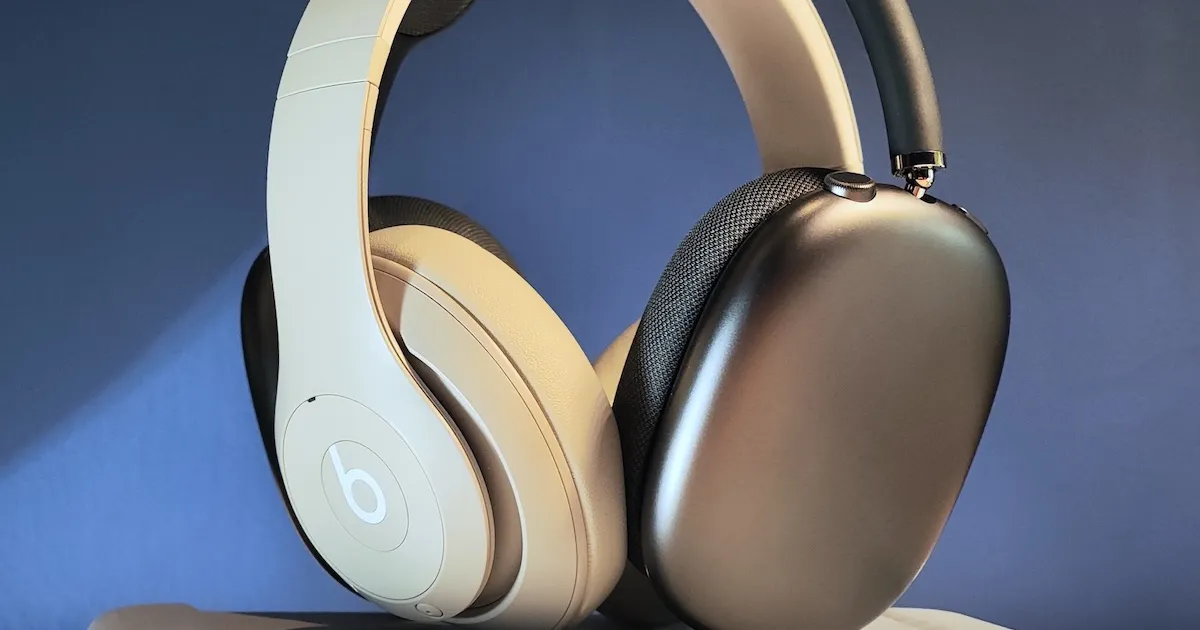
This is the heart of it all, and we don’t say this lightly: the Studio Pro completely changes the Beats sound.
The Studio 3 Wireless still clings to that classic Beats DNA—big bass, warm mids, rolled-off highs. It’s punchy, fun, but it can feel muddy, especially on complex tracks.
The Studio Pro tightens everything up. Bass is still there—don’t worry—but it doesn’t swallow the mids. Vocals pop more. Highs are sharper without being harsh. It’s a much more balanced signature, and honestly, way more versatile.
And then there’s the USB-C audio mode. Plug it into your laptop or tablet and you get lossless audio, zero latency, and three EQ profiles right on tap. That flexibility? Studio 3 can’t touch it.
If you’re into sound—not just bass—the Studio Pro is the grown-up Beats you’ve been waiting for.
Calls and mics: functional, but not flawless
Neither of these is a call champion, but both get the job done.
The Studio Pro mic picks up voices more cleanly, with better noise rejection—especially in traffic or wind. But it’s also a bit quieter, which might be annoying if your voice tends to get lost on Zoom.
Studio 3 Wireless is louder but also lets in more noise. It works, but in noisy settings, it can get messy.
If calls are your life, there are better headsets. But for day-to-day calls and voice assistant stuff, Studio Pro is a mild improvement.
Software: still simple, still solid
No big surprises here. Both work well with iOS and Android. On iPhones, they connect instantly, show battery stats, and can be found via Find My (Studio Pro only). On Android, the Beats app gives you updates and basic tweaks.
No in-app EQ. No deep audio controls. But it works. Apple-style simplicity, for better or worse.
All the extra stuff the Studio Pro does—like USB-C EQ presets—that’s all on-device, not in the app. So if you hate bloated companion apps, you’ll appreciate that.
Experience: modern fidelity vs signature nostalgia

This might be the biggest emotional difference.
The Studio 3 Wireless feels like Beats before the brand evolved. It’s bass-heavy, a little brash, totally familiar. And honestly? Some people love that.
The Studio Pro feels like Beats trying to grow up. It’s still stylish, still simple, but the sound is more honest, the tech is modern, and it’s designed to live in your current setup—not 2017’s.
If you like clarity, flexibility, and a more mature sound, the Studio Pro just makes more sense. If you want that old-school boom and don’t mind the older connections, Studio 3 still has its charm.
So… should you upgrade?
Yeah. You absolutely should.
The Beats Studio Pro isn’t just better—it’s smarter, sharper, and built for the way we live now. USB-C charging, digital audio, Bluetooth 5.3, balanced tuning, and cleaner ANC all add up to something that feels current and comfortable.
The Studio 3 Wireless? It had its time. And it was great. But now, it’s showing its age. The micro-USB, the older Bluetooth, the dated sound profile—it all adds up.
So if you’re choosing between the two? Skip the nostalgia. Go for the Studio Pro. Your ears—and your tech drawer—will thank you.

